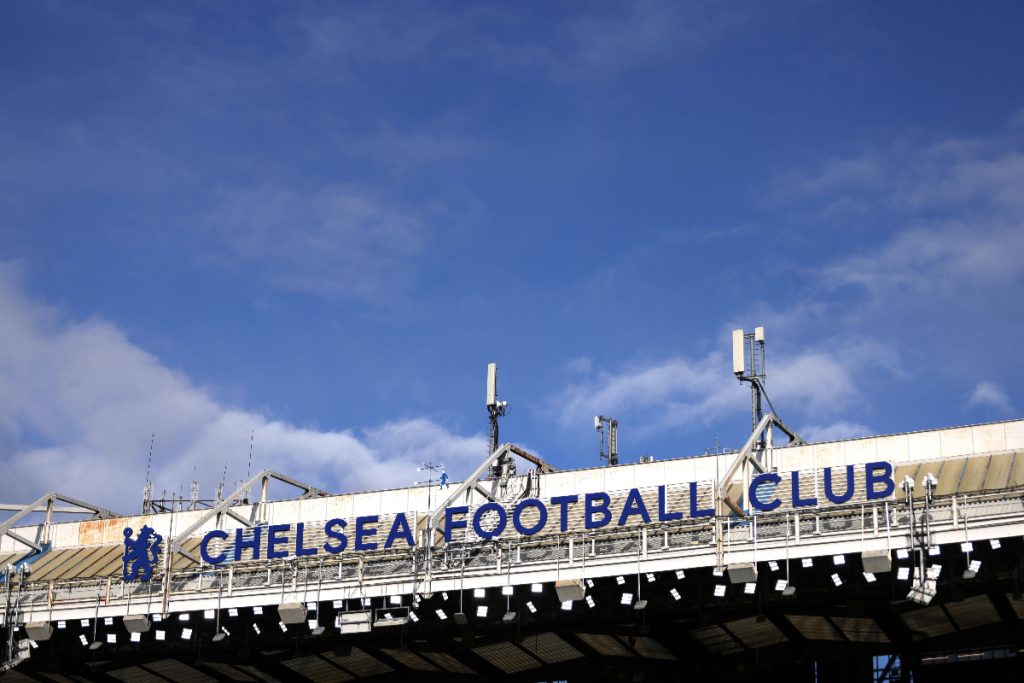
Chelsea’s long-standing need for a larger stadium remains a pressing issue, with many supporters and observers agreeing that the club has outgrown the current 40,000-seat Stamford Bridge.
Despite its history and atmosphere, the ground no longer reflects the scale or commercial ambitions of a modern elite club.
Daily Mail's Kieran Gill, a well-respected voice on Chelsea matters, has now reiterated that sentiment.
When asked whether the club views the existing capacity as acceptable, he was clear: “Chelsea want a new, world-class home that aligns with their ambitions. I’m sure it will happen at some stage,” he said.
However, Gill also stressed that clarity is still lacking. “We’re still waiting for official word on what is next,” he explained, highlighting the complex and sensitive nature of land ownership, logistics and planning permission surrounding the Stamford Bridge site.
Chelsea’s push for a new stadium
BlueCo, the club’s ownership group, continues to explore the long-term possibility of building an entirely new stadium.
Demolishing the current ground and starting afresh, or constructing a new venue at Earl’s Court have all been looked at, but the club have been met with huge constraints.
Plans for a new stadium at Earl’s Court have been put on hold due to a competing development plan by the Earl's Court Development Company (ECDC).
With the Earl's Court option facing significant hurdles, the club's most likely path forward is now to either redevelop or build a new stadium at their current home, Stamford Bridge.

Could BlueCo expand Stamford Bridge?
An alternative option under consideration is a major redevelopment of the existing Stamford Bridge, and BlueCo have not ruled out expanding the current site, although its tight footprint presents serious engineering challenges.
The stadium is located next to a subway line, which would make construction difficult, and for redevelopment to work, Chelsea would almost certainly need to temporarily relocate, something that would require agreement from supporters and the local council.
Even then, the feasibility of expanding such a constrained site remains questionable, which is why the new-build option continues to carry greater long-term appeal.
FGG Says
Chelsea’s stadium situation has reached a point where indecision is no longer sustainable. A club of their size simply cannot rely on a 40,000-seat ground while rivals enjoy modern arenas that generate far greater revenue. Whether it is a new build or a major redevelopment, Chelsea must commit to a clear direction soon.
The longer uncertainty continues, the harder it becomes to plan financially or attract commercial partners. BlueCo’s ownership has made bold decisions in other areas of the club, and the stadium must be next. Chelsea’s future competitiveness may ultimately depend on how quickly and decisively they act.
